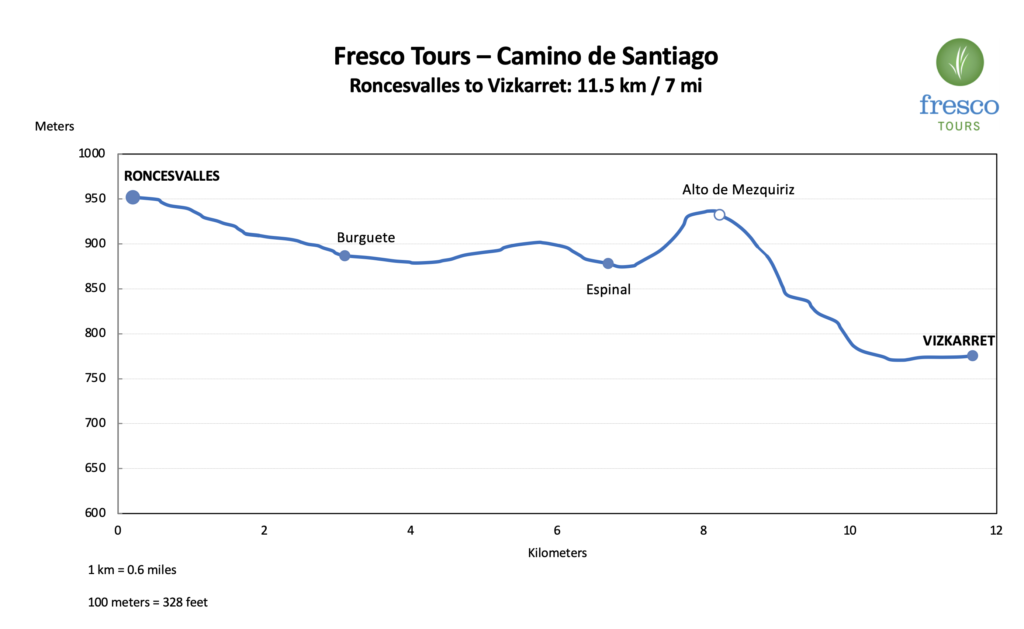Today we travel from Roncesvalles to Pamplona.

Well rested and having enjoyed a delicious breakfast, we leave Roncesvalles and follow the yellow arrow through pastures and fields that make this part of Basque Navarra so famous for its local fresh produce. We walk by “caserios,” giant stone farmhouses that have been in the same family for generations.
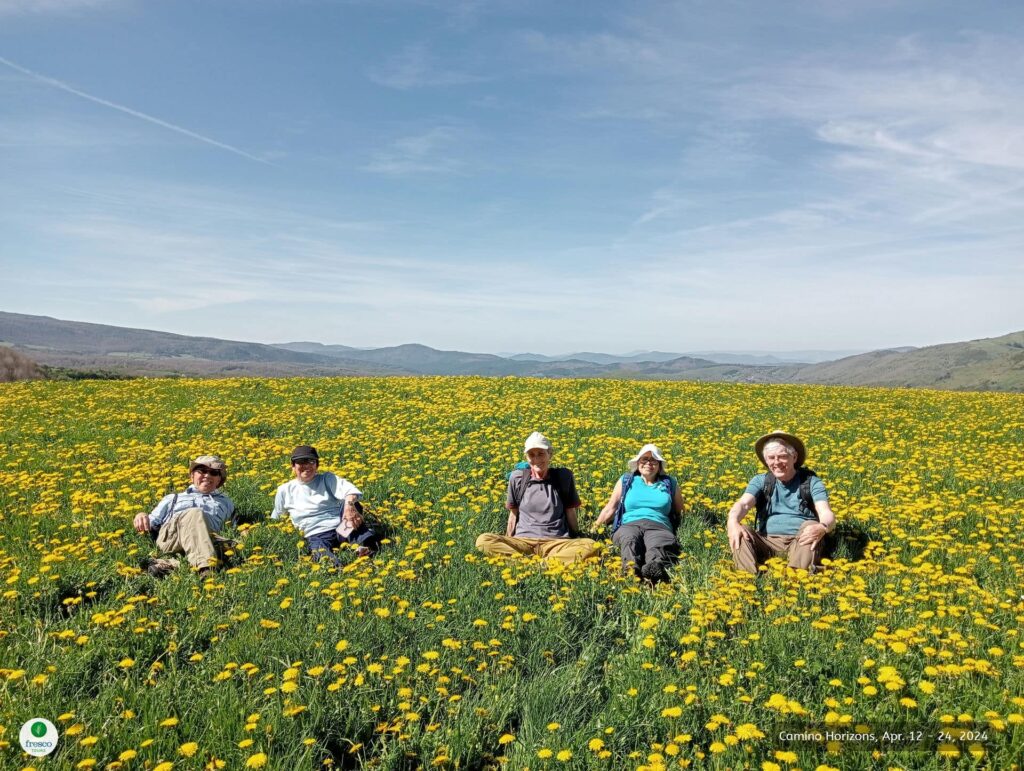
Our first stop is in the town of Burguete, which, like Roncesvalles, has a long history of hosting pilgrims making their way to Santiago de Compostela. One of the village’s notable landmarks is the parish church, which is dedicated to San Nicolás de Bari. As we continue through the town, we find a monument that honors the renowned American novelist and Nobel laureate Ernest Hemingway. Hemingway spent time in Burguete and the surrounding area in the 1920s while researching and gathering material for his novel “The Sun Also Rises” (also known as “Fiesta”).

We continue walking and arrive in the town of Espinal. As you walk through the villages in Navarra like this one, you may see what appears to be a large dry flower attached to the main door. This is a local thistle known as the Eguzkilore, and the tradition of hanging one on the front door provides protection to the dwellers of the home. The tradition emerges from Basque mythology, when Amalur (Mother Earth) created the moon to comfort the humans who were afraid of the creatures that roamed the dark, but the creatures were not afraid of the moonlight. So, Amalur created the Eguzkilore, a flower that resembled the sun and would protect the humans at night.
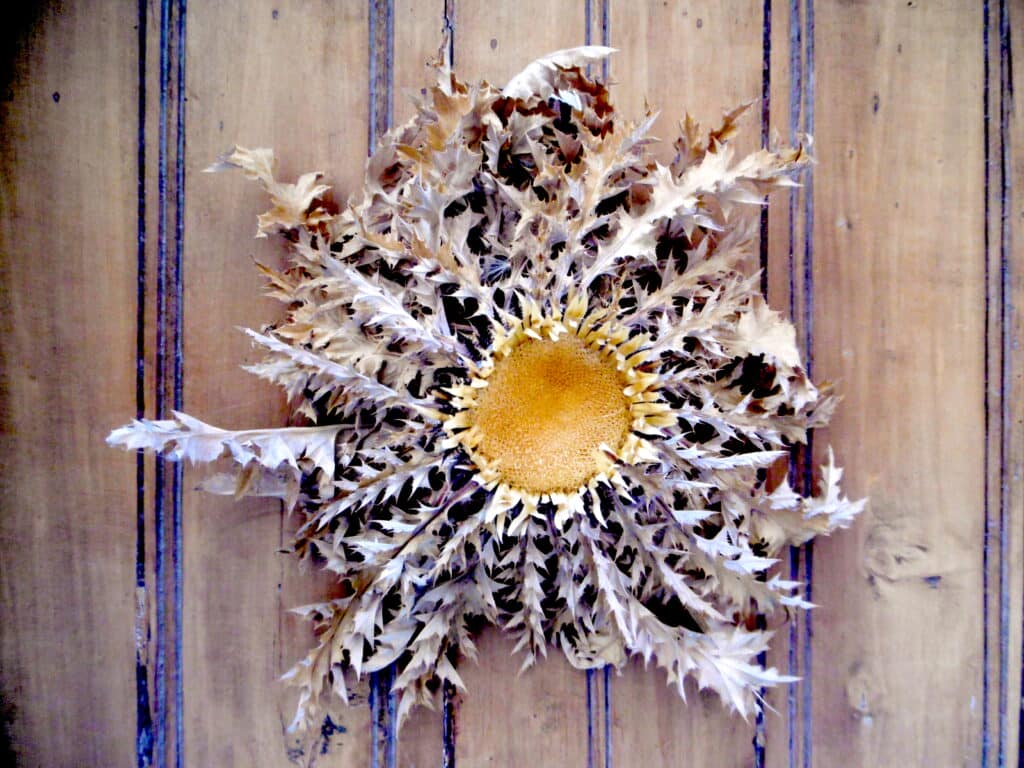
Our walking ends today in the quaint village of Viscarret. After a well-deserved lunch, we jump on the bus and drive down the mountain to Pamplona, our final destination for today.
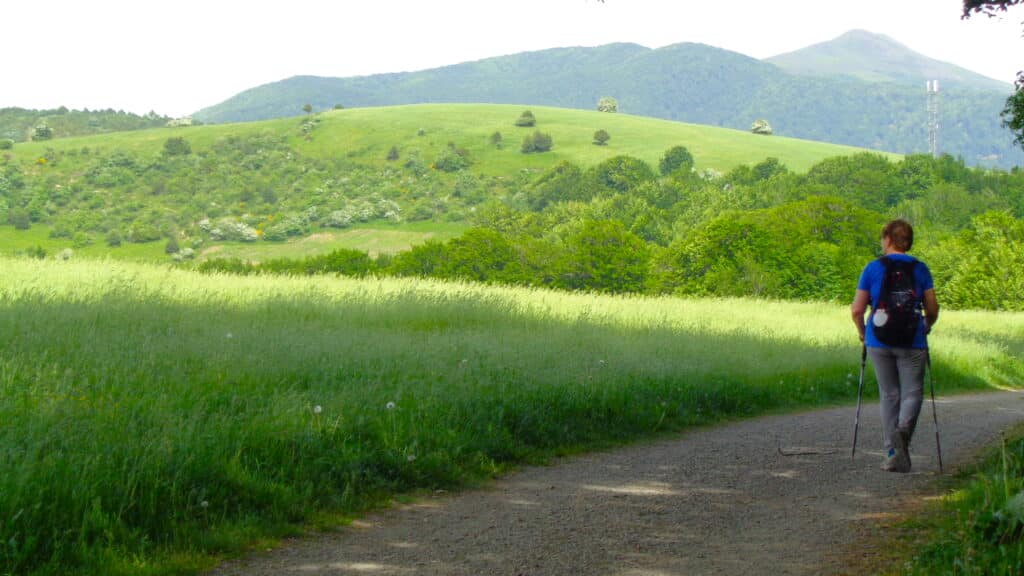
Pamplona is the capital and largest city of the region of Navarre, with a history dating back to ancient times. Its yearly San Fermín Festival takes place from July 6th to July 14th and draws attention from across the globe. The festival includes the famous “Running of the Bulls” (Encierro) in which bulls are let loose in the city’s streets and a group of participants running in front of the stampede lead them to the bullring. Before dinner we’ll find time to visit this course and walk the streets of this famous tradition.
The city itself boasts a rich historical and architectural heritage and has preserved most of its medieval walls and historic layout of narrow streets. While exploring the city we come across notable sites including the Pamplona Cathedral, the Plaza del Castillo, and the Citadel of Pamplona. Indeed, the Camino de Santiago enters the city through the historic northern medieval gate, the same one used by pilgrims for centuries.

